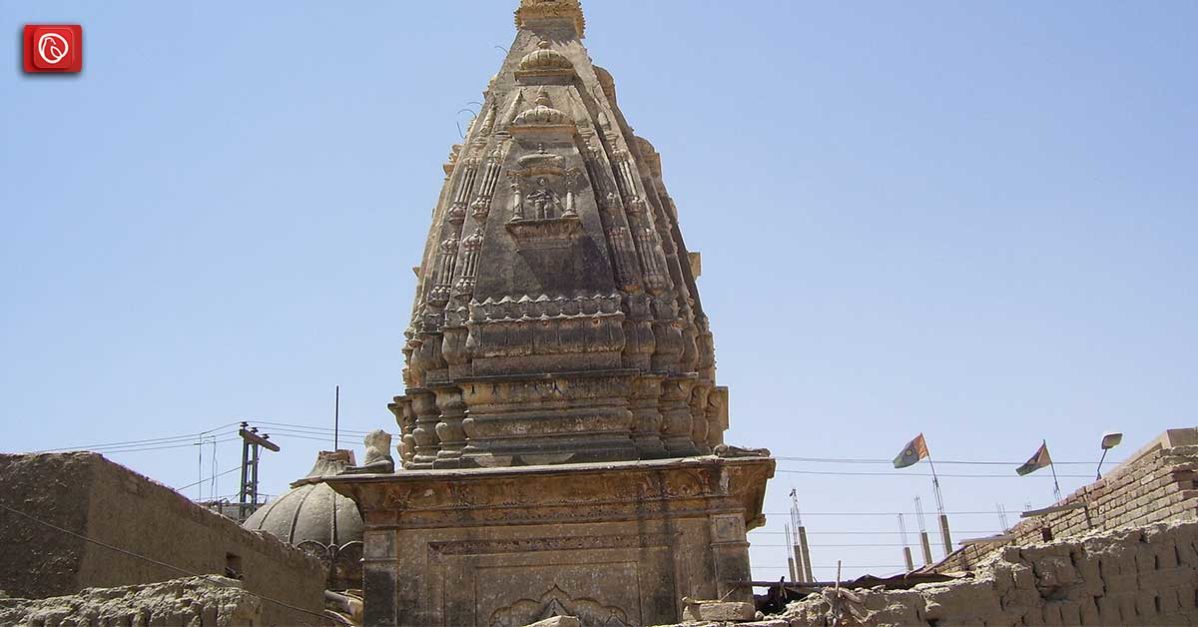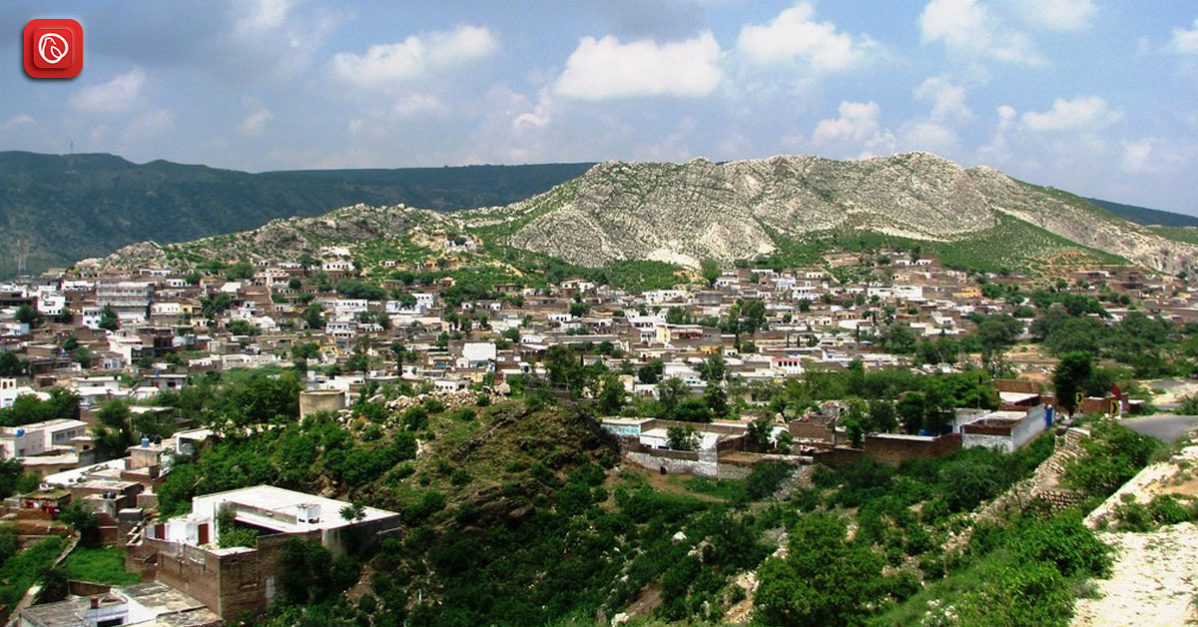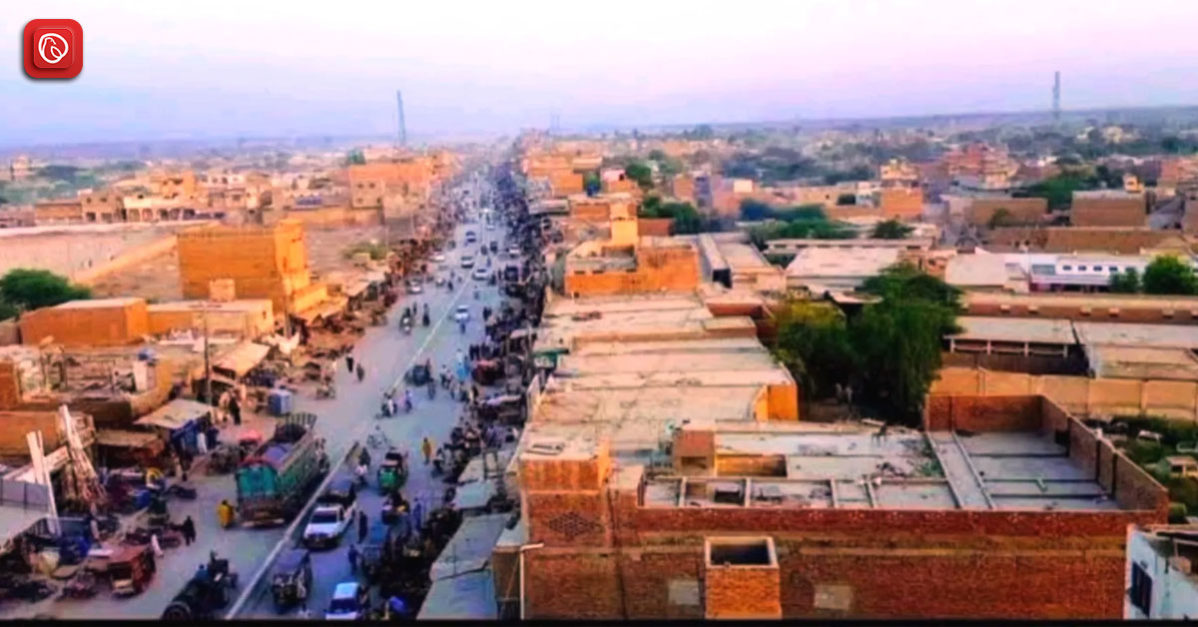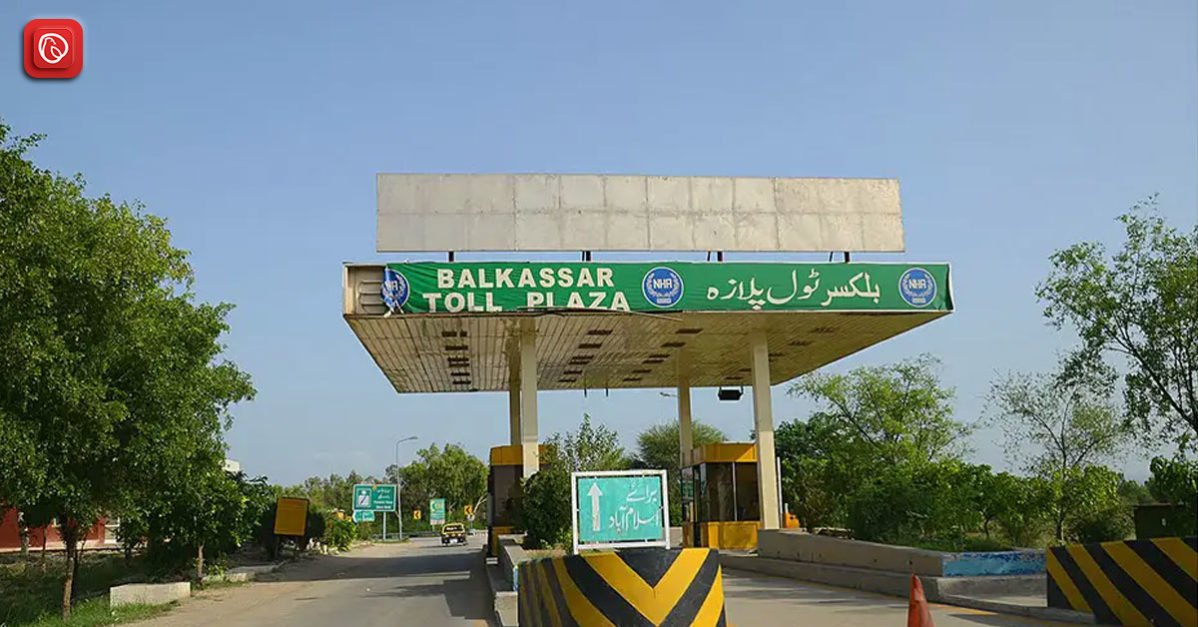The ancient town of Johi is set in Pakistan’s Dadu District in the Sindh Province. This town serves as a taluka for Dadu District and borders the province of Balochistan. Johi’s rich history and plenty of tourist sites draw in tourists. The Gorakh Hill Station, affectionately known as “The Murree of Sindh” and tucked away within the Khirthar Mountains, is, without a doubt, the jewel in the crown.
Beyond this treasure, Johi has interesting things to see, such as the Gaaj Dam, a cascade that surrounds the shrine of Saint Gaji Shah, and lots of fishing spots tucked away in the hillsides around the town. In this blog, Graana.com brings you a comprehensive guide to Johi; for more details, keep scrolling.
Highlights
| Attribute | Value |
| Geographical coordinates | Latitude: 26.6921, Longitude: 67.6133 <br> 26° 41′ 32″ North, 67° 36′ 48″ East |
| Altitude | 44 m (144 ft) |
| Country | Pakistan |
| Province | Sindh |
| District | Dadu |
Location
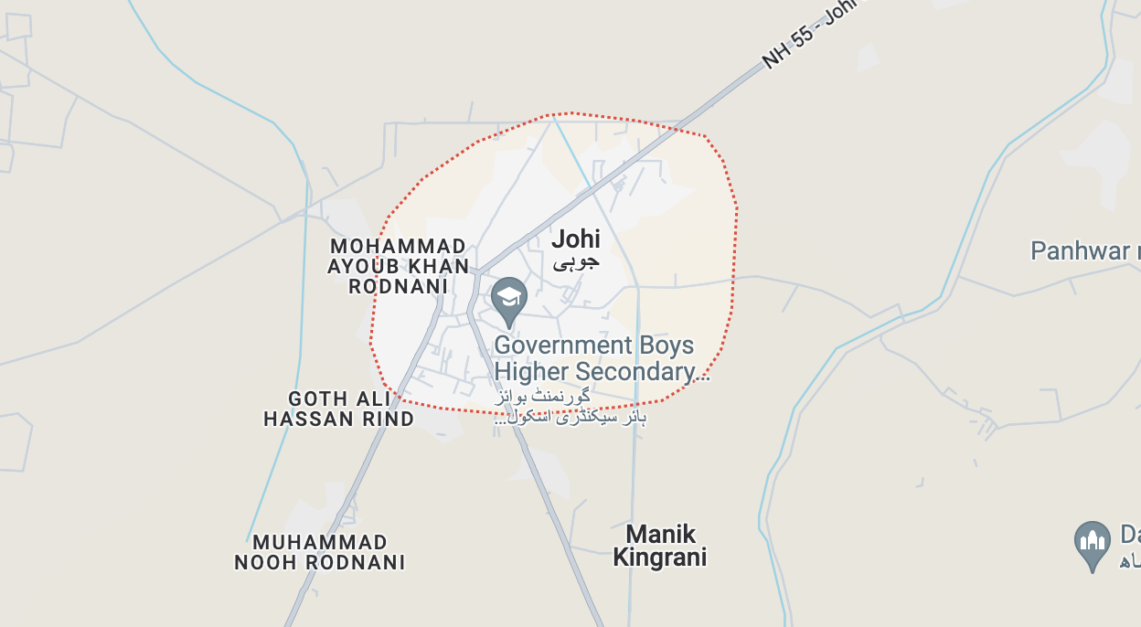
In Pakistan’s Sindh province’s Dadu District, Johi flourishes close to the province’s boundary with Balochistan. Because of its deliberate positioning, it may draw inspiration from both areas and create a distinctive cultural fabric. Johi is more than just a town; it is an administrative division (taluka) vital to Dadu District’s local government.
How to Reach Johi, Sindh?
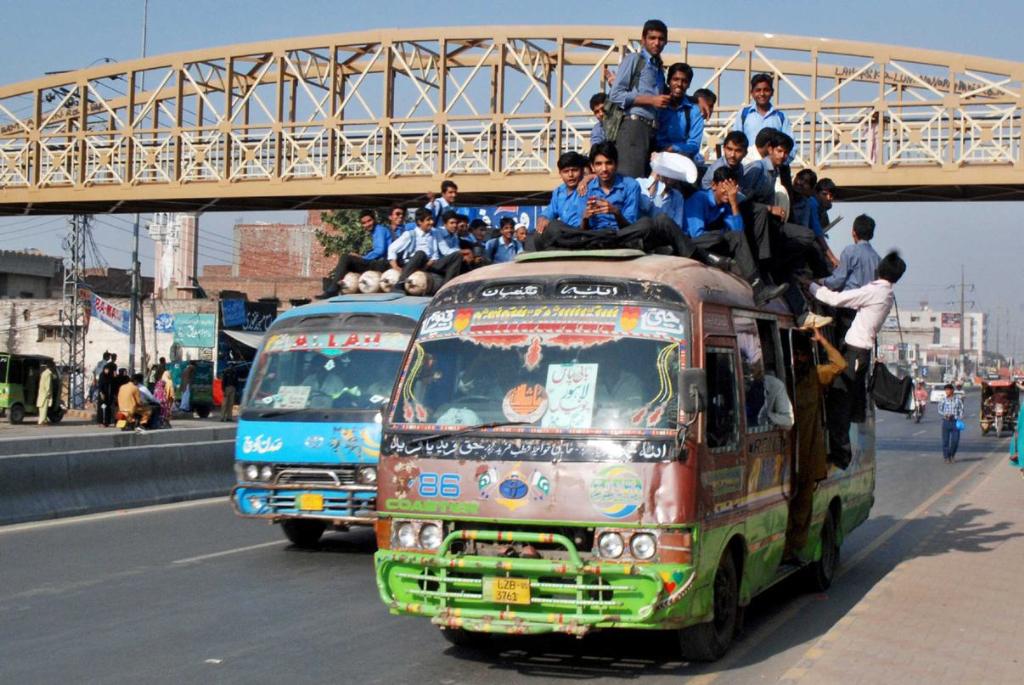
Depending on your starting point and preferred means of transportation, you can get to Johi, Sindh. Here are a few choices:
By Air
There is no airport located in Johi. The only airport that is closest to the city is Sukkur Civil Airport (SKT), which is around 165 km away. To reach Johi, you can rent a car or taxi from Sukkur.
By Train
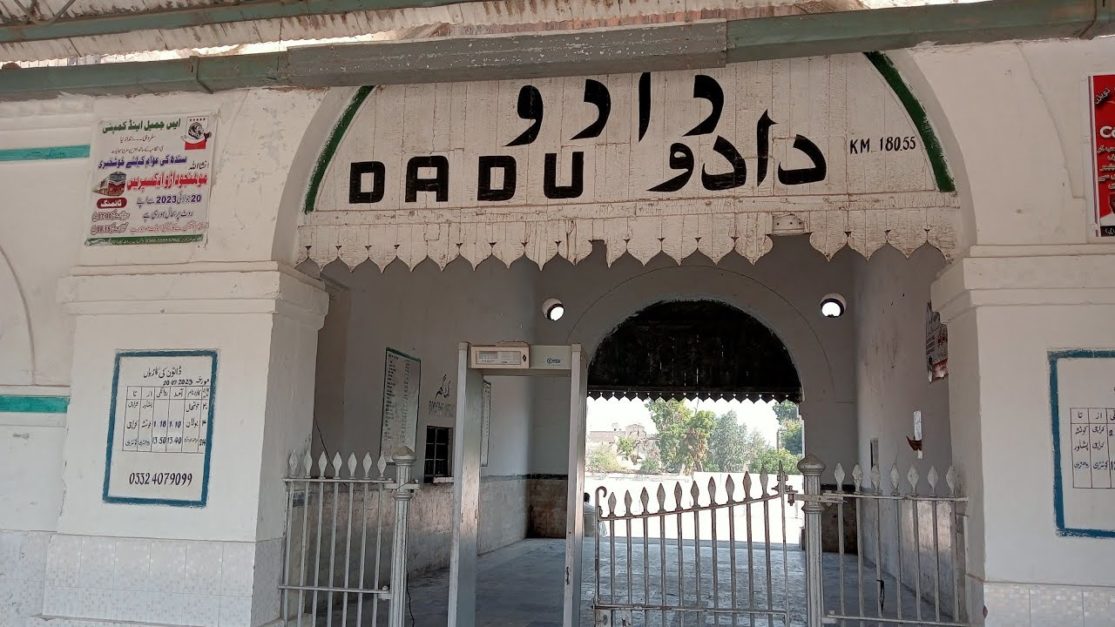
Moreover, Johi needs a train station. Dadu Railway Station, which is around 17 km distant, is the closest major railway station. To go to Johi from Dadu, you can take a rickshaw or taxi.
By Road
The most practical way to get to Johi is by vehicle. The choices are as follows:
- From Karachi: Travel 212 kilometres north on the National Highway N-55 from Karachi. About seven hours and thirty minutes should pass during the trip.
- From Sukkur: Travel around 140 kilometres south on the M-5 road. It takes about two hours and fifteen minutes to get there.
- From Islamabad: This is a longer drive from Islamabad, taking about 1145 kilometres on the M-2 and M-5 motorways. It should take 13 hours to get there.
History and Etymology
The Sindhi word “Juhi” or “Joohi,” which means “a little clump of trees” and is regarded as feminine, is where the name Johi comes from.
According to local legend, a small settlement called Nai was founded next to an old trade route, tucked away next to a seasonal stream and next to a stand of trees.
These trees were frequently used as rest stops by caravans and travellers. Finally, some residents decided to establish a new settlement there.
Juhi was the name of this village; British government records also bear this name. During the British colonial era, Juhi’s pronunciation gradually altered to become Johi today.
The Uncertain Origins of Johi
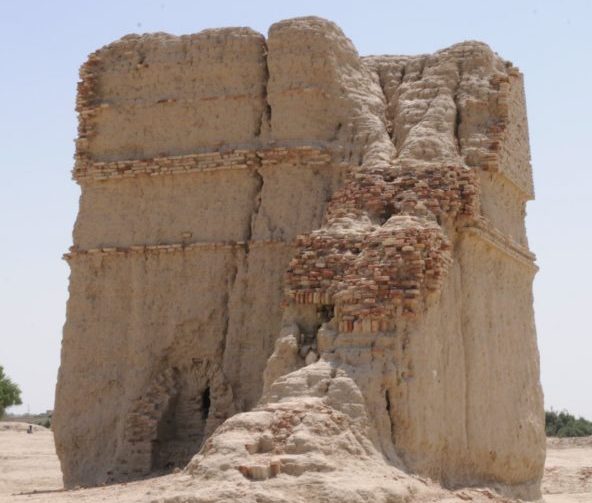
The precise founding date and identity of Johi are still unknown. Though conclusive proof is scarce, ancient relics strewn across the town hint at its potential antiquity.
Buddhist shrines known as stupas that were found close to Johi offer hints. Najif Ali Shah is buried in one of these stupas currently. At the same time, another one is located in the nearby village of Gul Mohammad Gumb. These artefacts from archaeology suggest that the town was once a settlement.
According to historical accounts, the area was a part of the Rai dynasty’s “Buddha” division (Pargana). This name alludes to Buddhism’s historical influence in the region.
Additional proof is found in the Brahman dynasty, when Kako, son of Kotal Chhana, ruled over a region known as “Buddha,” with Sesum Fort serving as his capital.
Despite being circumstantial, these historical connections imply that Johi existed much before the Rai dynasty and may have had roots in the Buddhist era. More investigation and archaeological study are necessary to confirm these links and provide insight into Johi’s real roots.
Johi’s Development
Although the exact origins of Johi are still unknown, its evolution is depicted more clearly in a map from 1877–1878. Johi is shown on the map as just a portion (“Deh”) of Tapa Phulji, indicating little development until the late 1800s.
Unquestionably, the British Raj contributed to Johi’s development. In the beginning, Karachi was in charge of it. Later on, it moved between the districts of Larkana and Shikarpur.
Ultimately, Johi became the taluka headquarters of Dadu district after it was established in 1931, a decision that greatly accelerated growth. It is now a well-known town in the Dadu district.
Places to Visit Johi, Sindh
Despite its reputation for having lush terrain and depending heavily on rainfall, Johi surprises tourists with a wide range of historical and natural features. A sneak peek at what this unusual community has in store is provided here:
Historical Treasures
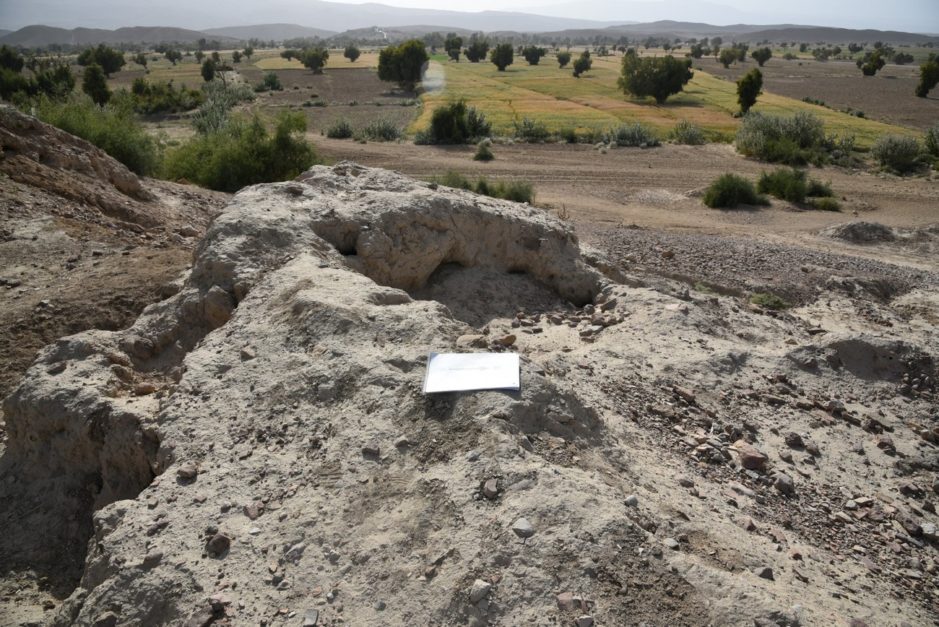
- Ghazi Shah Mound.
- Thul Hairo Khan
- Buddhist legacy
- Wahi Pandhi
The Shiva Mandir of Johi
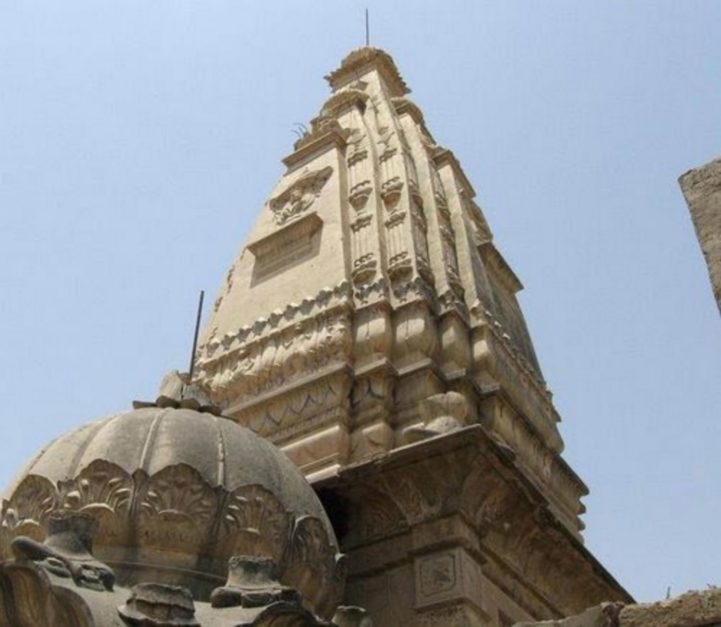
Johi is home to the nearly 200-year-old Hindu temple known locally as “Qubi,” which is devoted to Lord Shiva. The odd architecture of this unique tower makes it stand out.
Located 17 km west of Dadu city on the southern edge of Johi, the temple used to stand alone but is now encircled by contemporary structures.
Shiva worship has been practised in the area for a long time, as evidenced by the existence of this Shiva Mandir and the proven fact that Sehwan was originally known as Siwistan.
The temple is a magnificent site in and of itself. Its unique form consists of two dome-shaped buildings: the smaller, rounded dome next to the larger, more imposing centre dome (Qubi), which rises to a height of 70 feet.
Idols on both temple domes were previously there but were taken down following the 1947 Partition. The exterior walls still bear remnants of these shattered idols.
An enduring reminder of the region’s rich religious and historical legacy is the Shiva Mandir of Johi. It has undergone alterations, yet it is still a noteworthy monument.
Agro-Ecological Zone
This lush area, sculpted by the powerful Indus River, features a colourful agricultural scene. Throughout the year, farmers cultivate a wide variety of crops, taking advantage of the summer (kharif) and winter (rabi) seasons.
Field Crops
- Kharif: Rice, sugarcane, cotton, maize
- Rabi: Wheat, jowar, barley, tobacco, gram, bajra, sesame
Pulses and Oilseeds
- Masoor, safflower, rapeseed, linseed, mustard, lower seed, sugar beet, sunflower, canola
Modern Challenges
Johi has historical value, but it also has problems including limited water supplies and inadequate infrastructure. Articles in the news discuss the struggles for resources and fundamental rights.
This was all about Johi, Sindh. For more details, visit Graana.com.
